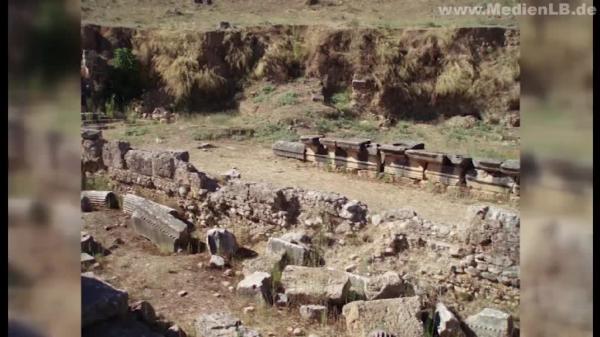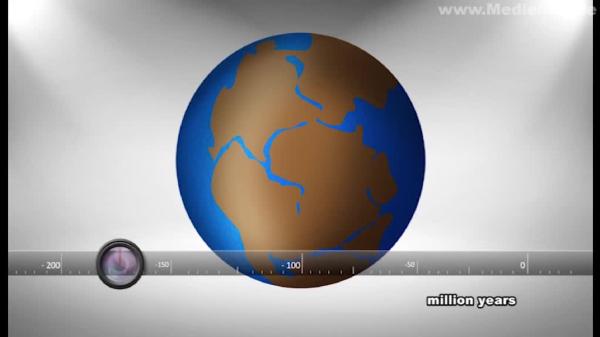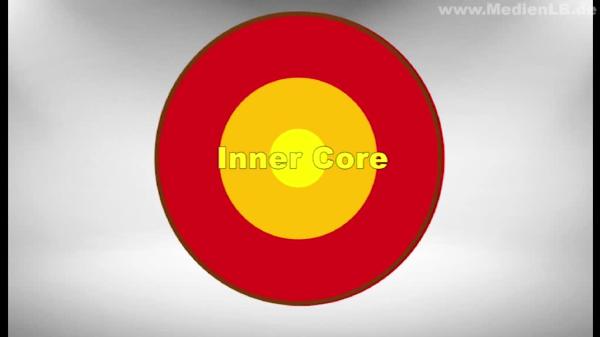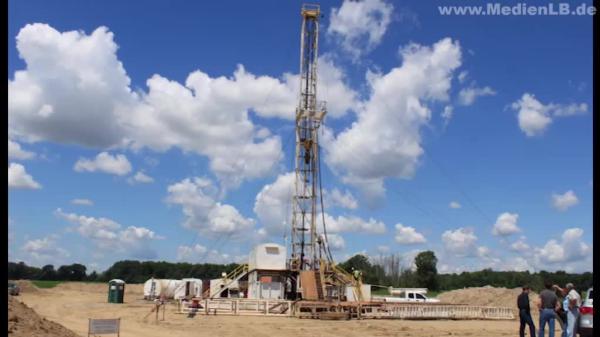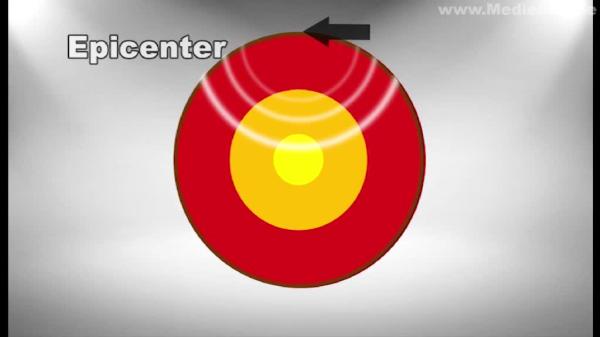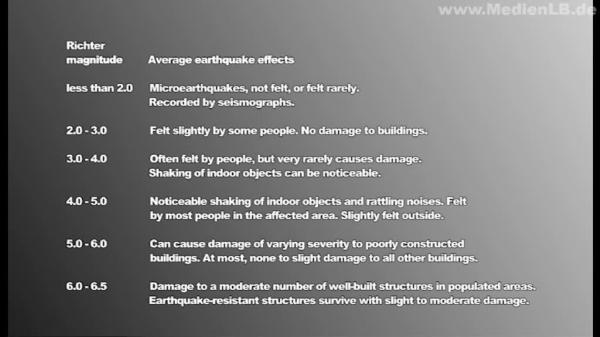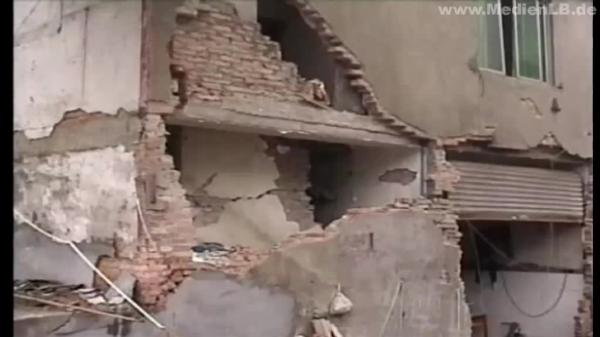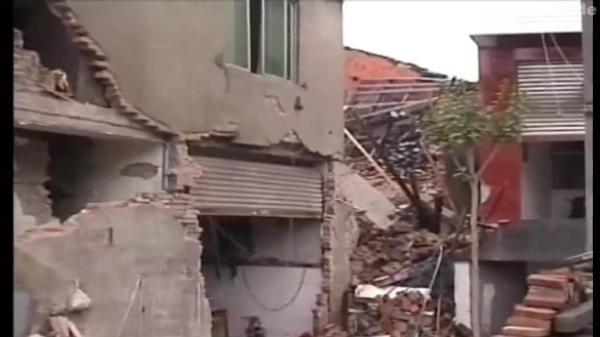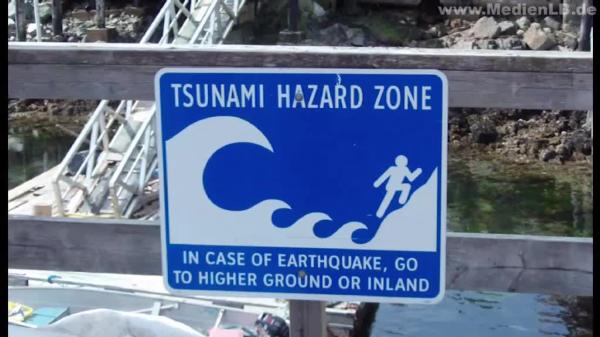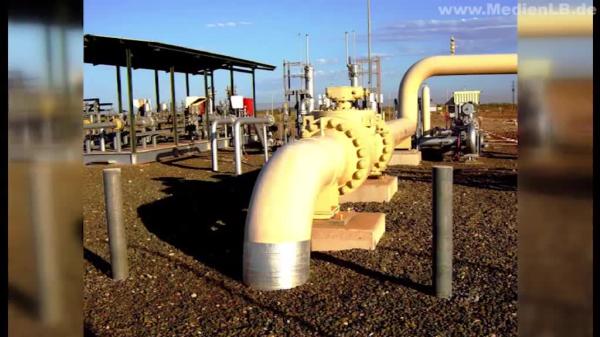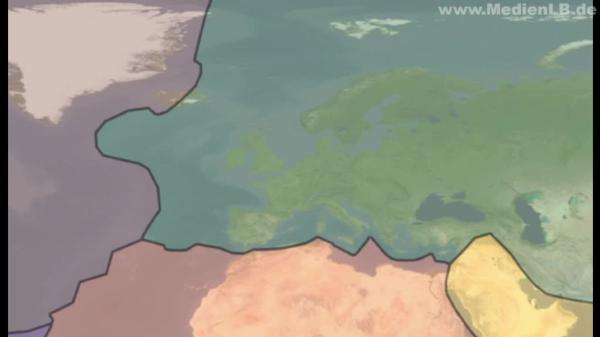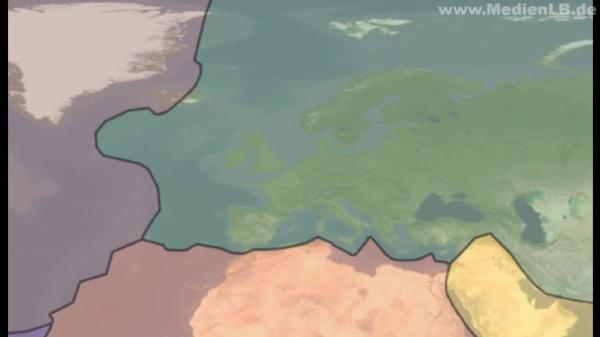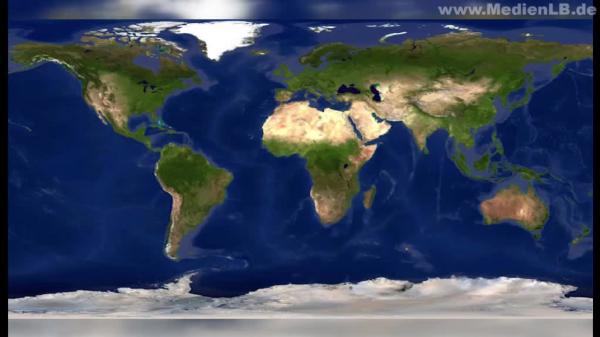Erdbeben
Entstehung und Folgen


For millennia, people have been afraid of earthquakes. A force of nature that regularly devastates whole regions and claims thousands of lives. One reason for the fear of earthquakes may be that so far people have not succeeded in predicting these natural phenomena. Therefore, earthquakes still hit people unprepared in most regions of the world. No earthquake is like the other, they are distinguished by their duration as well as their strength. Based on measurements of so-called seismographs or seismometers at monitoring stations, earthquakes can be registered and ground motions recorded as so-called seismograms. 1. Origin of Earthquakes How and why earthquakes develop was not known to people for a long time. So the origin of these catastrophes was attributed to superhuman powers. In ancient Greece, earthquakes were seen as the wrath of the gods. So, for example, the earthquake near Sparta in 464 BC. In that disaster, about 20,000 people lost their lives. A dragon that caused the earth to tremble was blamed for earthquakes in Japan, such as the one in the province of Mutsu in 869. In 1356, a devastating earthquake occurred in Basel in Switzerland which was considered – as was usual in the Middle Ages - a punishment from God. At the beginning of the 20th century, the geophysicist, meteorologist and climatologist Alfred Wegener revolutionised our image of the Earth. His idea: Once the continents were joined together as one super continent in a single landmass – referred to as Pangaea - and have shifted to their present position over millions of years. Wegener hit upon this idea not least because he realised that the west coast of Africa and the east coast of South America fit together like two puzzle pieces. He could reinforce his theory, inter alia, with fossil finds on both continents. Still today, the North American and the Eurasian plates, for example, move apart by an average of about 2.5 cm each year. However, Wegener’s hypothesis of continental drift could not prevail until after his death – in about 1960 – due to research, above all, on ocean floors. Thus he laid the foundation for the modern theory of plate tectonics which provides, among other things, an explanation for most earthquakes. Without earthquake research we would know a lot less about the interior of our planet. Hence we know that our earth is composed, bowl-shaped, of crust, mantle, and outer and inner core. The core, consisting to about 80% of iron, is solid inside. The outer core of the earth, by contrast, is fluid and moving. So our Earth is a dynamic planet. Powered by extreme temperatures in the Earth’s core, huge material flows are created in the Earth’s mantle which, in turn, cause the solid slabs of rock of the outermost crust to move. The plate movements range from some millimetres to 20 centimetres a year. We distinguish three different plate movements: at diverging plate boundaries, adjacent plates drift apart. In the process, magma from the Earth’s interior pushes upwards and a new crust is formed. If plates move towards each other at converging plate boundaries, they collide and one plate slides beneath the other. Thus a subduction zone is formed. Such a collision, for example, led to the formation of the Alps about 55 million years ago, which continues until today because the African and Eurasian plates still move towards each other with about 5 cm a year. In addition, two plates can also slide past each other. Along such conservative plate boundaries like here in California, the earth quakes regularly because the huge plates may interlock. As a consequence, an enormous tension builds up in the rock over some time, which eventually discharges in earthquakes. A gigantic earthquake along such a transform fault of the San Andreas Rift occurred in San Francisco in 1906. This natural disaster is considered as one of the worst of its kind in the history of the USA still today. Such earthquakes are called tectonic quakes and represent the most common type. They mostly occur at plate boundaries. Apart from tectonic quakes, there are also other possible causes: collapse of caves, specifically in karst areas, but also big landslides can lead to minor earthquakes. Humans can trigger earthquakes, too, for example through oil and gas extraction. But not only through that: every time people alter the stability of the ground in a big way, earthquakes are likely to strike. This also occurs in mining, where hollow spaces such as tunnels can cave in. On 23rd February 2008, an earthquake of the magnitude of 4.0 on the Richter scale, caused by mining activities, occurred in Saarwellingen in the Saarland region. This earthquake was responsible for power blackouts as well as for damage to buildings in the area. Scientists also warn against earthquakes that may be caused by the construction of huge reservoirs. At such reservoirs enormous masses of water, which may be responsible for ground movement, weigh down on the ground with hundreds of millions of tons. Nuclear tests, too, cause earthquakes and are recorded by seismometers worldwide. The United Nations use this registration to monitor the agreed-upon halt of nuclear tests. 2. Dynamic Nature of Earthquakes Earthquakes are generated inside the earth. The focus an earthquake develops from is called hypocentre. Directly above the hypocentre, on the earth’s surface, is the so-called epicentre. In an earthquake, the breaking rock emits seismic waves which penetrate the terrestrial body in all directions. We distinguish between the fast but rather harmless primary waves, the p waves, which are shown here in red, and the slower but destructive secondary waves, the s waves, shown here in green. They are refracted at the various layers of material and reflected with different intensity. In the process, the s waves cannot propagate in liquid and thus are unable to penetrate the outer core of the Earth. The earthquake waves are registered worldwide by seismometer networks. As in an x-ray examination at the doctor’s, geoscientists can recognise the structure of the Earth, the Earth’s crust, the Earth’s mantle, and the Earth’s outer and inner core, by means of the signals registered on the surface. Thus earthquakes do not only cause damage. Due to earthquake research we have gained a lot of insight into the interior of our planet. As a consequence, we may draw conclusions as to geological processes on other planets. Therefore, we can learn a lot from earthquakes about the composition, the inner structure as well as the formative processes both on Earth and far distant planets. In order to be able to compare the magnitude of earthquakes worldwide, the geophysicists Charles F. Richter und Beno Gutenberg introduced a uniform scale for earthquakes towards the end of the 1930s. The Richter scale they developed indicates how much energy was released during a quake, irrespective of the depth at which the quake occurred. The values of this scale, referred to as magnitudes, are measures of the force of an earthquake. These are logarithmic values. That means that in a quake with a magnitude of 6, 32 times more energy is released than in a quake with a magnitude of 5 and 1000 times more than in a quake with a magnitude of 4. Already in the 19th century, the Italian seismologist Giuseppe Mercalli rated earthquakes according to their intensity. Intensity is not a measurable quantity but rather an indication of the force of a quake on the basis of the extent of destruction and subjective perception of the observer. It depends on the location and is determined by magnitude, distance to epicentre, and geological conditions in the underground. Therefore, earthquakes can only be compared with indications of their magnitude, not their intensity. 3. After-effects and Early Warning The amount of damage after an earthquake depends on the one hand on its force, duration and distance to the epicentre. Important factors, however, are also the density of population and the architecture of the region. For example, chances of survival may be greater in a simple wooden shack than in a concrete house that is not earthquake-proof. Whereas minor earthquakes cause only slight damage to buildings, strong earthquakes can take a heavy toll on the infrastructure of the area concerned. In rural regions, the damage caused by earthquakes is most often less serious as there are not so many buildings, roads, bridges and rails. In densely built old towns, the occurrence of major earthquakes is particularly dangerous for the population. Streets are too few and too narrow for medical and emergency staff so that fires that break out can spread quickly. Also warnings of so-called tsunamis - devastating sea waves caused by earthquakes - are possible due to the recording of earthquake signals by underwater seismometers and the continuous measurements of sea levels with the help of GPS buoys. By evacuating the coastal regions concerned and starting protective measures early enough, many lives can be saved and material damage reduced. In most cases tsunamis result from strong earthquakes near the earth’s surface in oceans when plates drifting towards each other slide under or over each other. In doing so, the plates may interlock, the upper is mostly pulled down for decades or centuries until it suddenly bounces up. Then the entire water column above it is set in motion and waves are generated. Along coasts, a tsunami can cause a marked drawback of the water before the actual waves reach the coastal region to become towering, disastrous sea waves. When you observe this phenomenon, you should try to reach higher grounds as quickly as possible. Most tsunamis occur after earthquakes in the Pacific region, which are shown here by light points. Along the so-called Pacific Ring of Fire, the Pacific plate slides under other plates. At these subduction zones, in addition to volcanism, strong earthquakes occur in the ocean, which then trigger the tsunamis characteristic of the Pacific ocean. In the European region, too, there were tsunamis in the past which were triggered by seaquakes in the Mediterranean and Atlantic oceans and claimed numerous lives. Although such disasters have not occurred in the last centuries anymore, they show us that the danger of tsunamis still exists in the Mediterranean area and at the Atlantic coasts. The prediction of earthquakes is not possible but often an early warning can be issued. If an earthquake occurs, it sends out the fast, rather harmless p-waves which are recorded by the seismometer before the slow, destructive s-waves arrive at the station: precious seconds, for example, to close down gas mains or stop trains. Thus none of the 155 passengers came to any harm when a train derailed during the Chūetsu earthquake in Japan in 2004 because after the earthquake shocks had been registered, an automatic emergency braking was initiated. 4. Earthquake in Germany Earthquakes occur in Germany more often than would be expected. However, most earthquakes are so weak that they are not felt by humans. That Germany was not struck by severe earthquakes in the past is due to its long distance from the boundaries of the Eurasian plate. Nevertheless, in the past earthquakes occurred here, too, resulting in serious damage and even fatalities. The past quakes were concentrated on specific areas: in the Cologne Bay between Cologne and Aachen, the earth quakes regularly as, for example, on 22nd July 2002, between Alsdorf and Übach-Palenberg with a magnitude of 4.8 on the Richter scale. This quake damaged, among other things, the Church of the Sacred Heart in Aachen. Also in Baden-Württemberg, on the Swabian Alps south of Thübingen, there are often earthquakes. On 22nd March 2003, window panes were shattered and tiles were torn from the roofs during an earthquake with a magnitude of 4.5 on the Richter scale. The Rhine rift valley, too, is an earthquake region in Germany. There, northeast of Lörrach, an earthquake occurred on 5th May 2009 with a magnitude of 4.5 on the Richter scale. Also in the Vogtland around Gera in Thuringia and Saxony, earthquakes occur again and again. These are mostly earthquake swarms. They are sequences of earthquakes the single quakes of which are of similar force and may last several days up to one year. It has been observed that worldwide, earthquake swarms mainly occur in volcanically active regions. Therefore, it stands to reason that the movements of fluids such as magma or heated water in the Earth’s crust are responsible for the earthquake sequences. Also in the future, humanity will have to live with earthquakes because we will not be able to prevent them. It is to be hoped that early warning systems will be improved and buildings in hard-hit regions will be protected more efficiently against earthquakes. Because, even though it is not possible to prevent earthquakes, both infrastructure and, above all, people should be optimally protected against this natural disaster.



